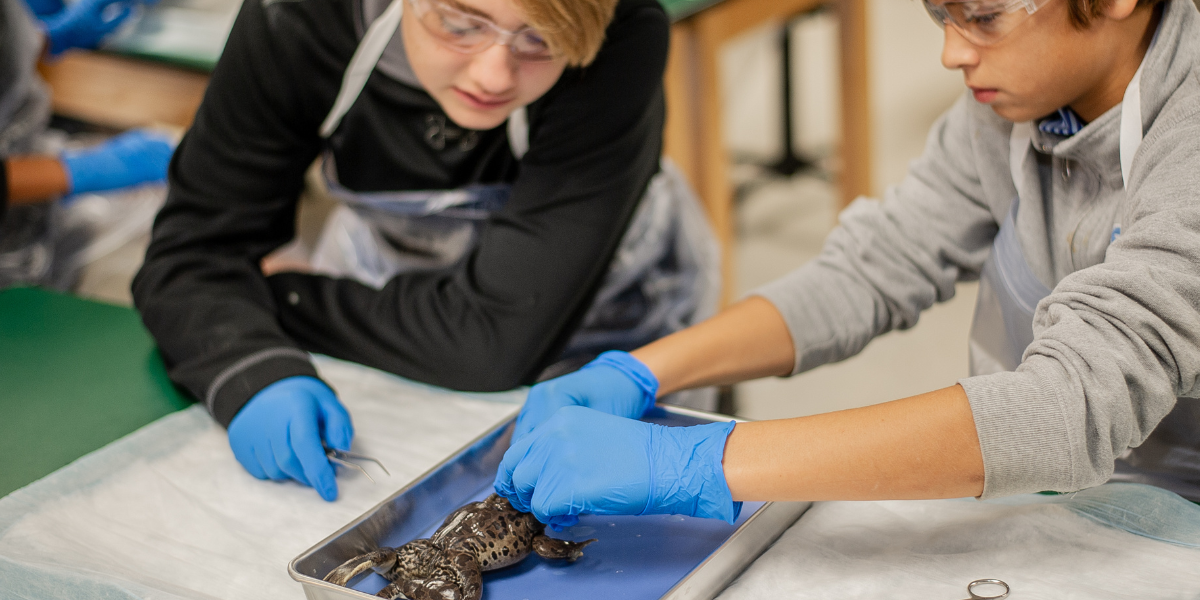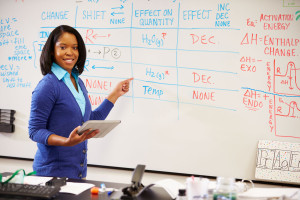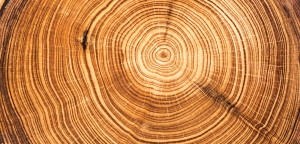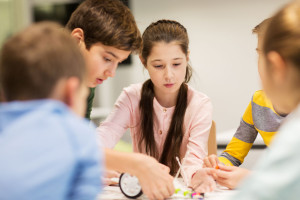Models represent reality. Students may think of a model as a physical object, but a scientific model can be a formula, a Punnett square, a labeled diagram, or computer simulation. A good model is explanatory and predictive. Models are based on observations or data.
Students should be able to apply a model to a novel situation and ascertain whether the data they obtain is confirmatory. For example, students should be able to apply a Punnett square model in genetics to identify parent genotypes and phenotypes. The reverse is also important. Students should be able to collect data and generate a model. For example, students can collect data for distance traveled over time, graph it, and develop the formula for speed.
Use this scientific model checklist to guide students through constructing and refining a scientific model. They can use the checklist to ensure a model is sound every time they complete a scientific investigation.
What makes a good scientific model?
A good model is:
- based on reliable observations
- able to explain the characteristics of the observations used to formulate it
- predictive
- able to explain phenomena that were not used to develop the model
- able to be refined when new, credible, conflicting observations arise
- limited and simplifies a concept, theory, or object
- physical(2-dimensional or 3-dimensional) or
- mathematical (includes a single formula or many formulae) or
- conceptual (digital or print)
- a computer or physical simulation of a natural phenomenon
NGSS Resources

Next Generation Dissection: Form, Function, and Frogs!

Notebooking

Developing and Using Models

How to Teach the Crosscutting Concepts with Wisconsin Fast Plants

7 Ways Carolina Can Support Your NGSS Implementation

Scientific and Engineering Practices and Crosscutting Concepts

Science and Engineering Practices

How to Make a Good Scientific Model

Our Most Popular Earth and Space Science Kits That Rock Students’ Lab Experiences






